BYD Han vs BYD Seal – Differences & prices compared
Compare performance, boot space, consumption and price in one view.
Find out now: which car is the better choice for you – BYD Han or BYD Seal?
The BYD Han (Sedan) comes with a Electric engine and Automatic transmission. In comparison, the BYD Seal (Sedan) features a Electric engine with Automatic transmission.
When it comes to boot capacity, the BYD Han offers 410 L, while the BYD Seal provides 400 L – depending on how much space you need. If you’re looking for more power, decide whether the 517 HP of the BYD Han or the 530 HP of the BYD Seal suits your needs better.
In terms of consumption, the values are 18.50 kWh per 100 km for the BYD Han, and 15.40 kWh for the BYD Seal.
Price-wise, the BYD Han starts at 59200 £, while the BYD Seal is available from 40300 £. Compare all the details and find out which model fits your lifestyle best!
In the increasingly competitive electric vehicle market, the BYD Seal and BYD Han stand out with their unique design and cutting-edge technology. The Seal, with its sporty silhouette and agile handling, appeals to enthusiasts seeking a dynamic driving experience, while the Han emphasizes luxury and comfort, catering to a more sophisticated audience. Both models showcase BYD's commitment to innovation, but choosing between them ultimately comes down to preferences for performance versus elegance.
BYD Han
The BYD Han is a sleek electric vehicle that elegantly combines innovation and style. Its design features smooth lines and a sophisticated interior that highlight modern luxury. With advanced technology and impressive performance, it represents a significant step forward in the world of electric cars.
details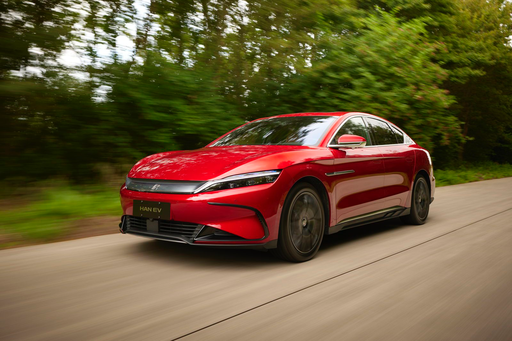 @ press.bydauto.be
@ press.bydauto.be
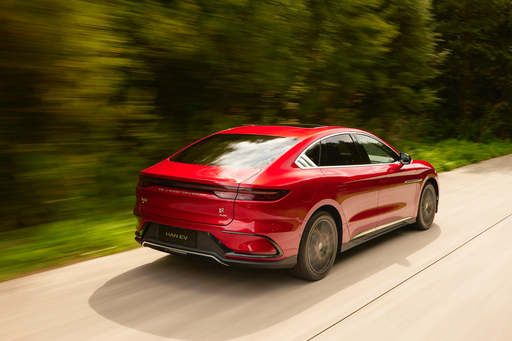 @ press.bydauto.be
@ press.bydauto.be
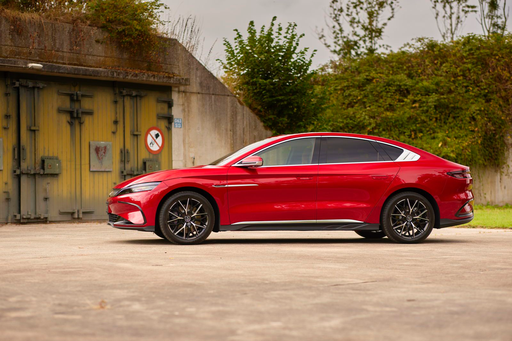 @ press.bydauto.be
@ press.bydauto.be
 @ press.bydauto.be
@ press.bydauto.be
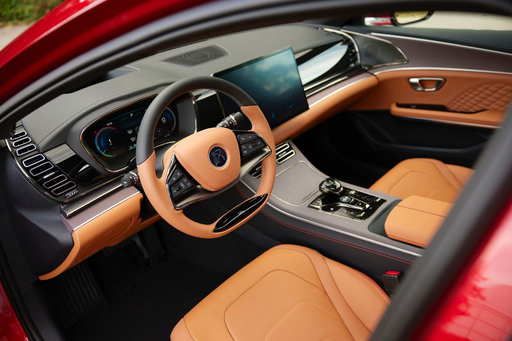 @ press.bydauto.be
@ press.bydauto.be
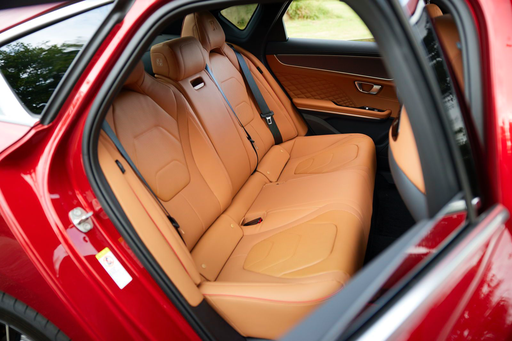 @ press.bydauto.be
@ press.bydauto.be
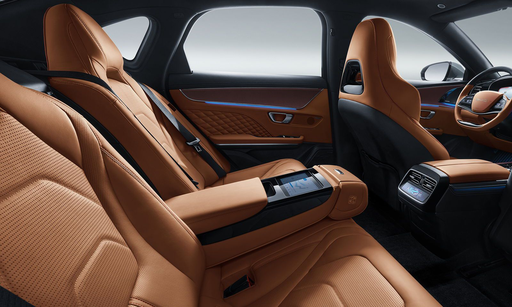 @ press.bydauto.be
@ press.bydauto.be
BYD Seal
The BYD Seal represents a sleek fusion of innovative technology and stylish design, setting it apart in the competitive electric vehicle market. With its aerodynamic silhouette and premium interior finishes, the car offers a driving experience that is both comfortable and exhilarating. Enthusiasts are particularly impressed by the seamless integration of advanced features that prioritise safety and convenience.
details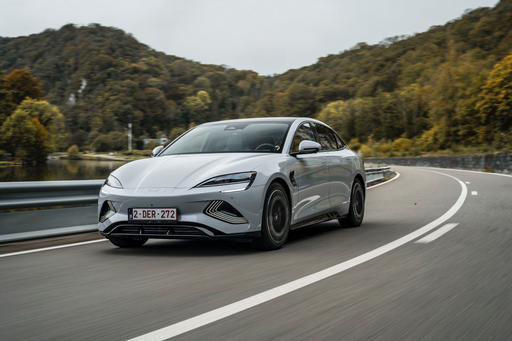 @ press.bydauto.be
@ press.bydauto.be
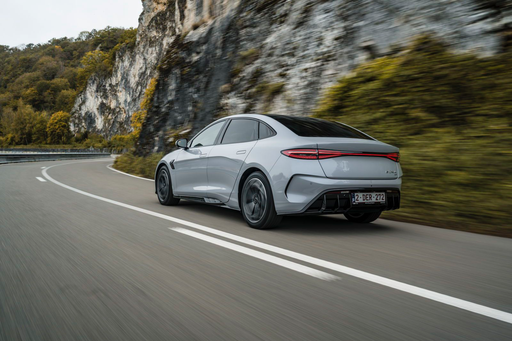 @ press.bydauto.be
@ press.bydauto.be
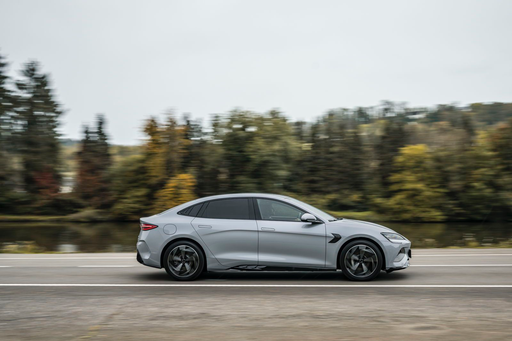 @ press.bydauto.be
@ press.bydauto.be
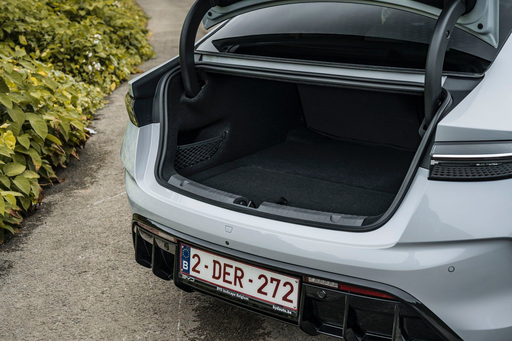 @ press.bydauto.be
@ press.bydauto.be
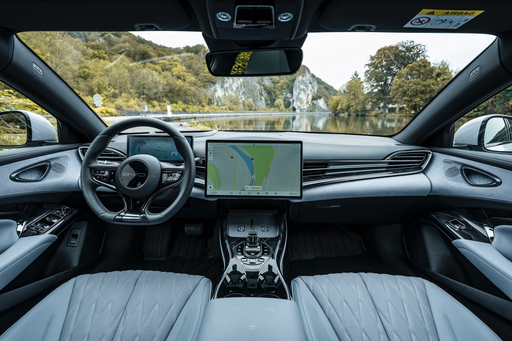 @ press.bydauto.be
@ press.bydauto.be
In the rapidly evolving landscape of electric vehicles, BYD has emerged as a formidable player, exemplified by two of its flagship models: the BYD Seal and the BYD Han. Both sedans encapsulate the brand's commitment to sustainability, performance, and innovative technology. However, they cater to different types of drivers and offer distinct specifications that make them unique. In this comparison, we will delve into the technical aspects of each model to highlight their strengths and innovations.
Design and Dimensions
The BYD Seal measures 4800 mm in length, 1875 mm in width, and 1460 mm in height, presenting a sporty stance with an aerodynamic design. The Han, on the other hand, is slightly larger, measuring 4995 mm in length, 1910 mm in width, and 1495 mm in height. This difference in dimensions may appeal to customers looking for a roomier interior experience. Both models feature sleek lines and a modern aesthetic, yet the Han carries a more substantial presence thanks to its larger frame.
Powertrains and Performance
Under the hood, the Seal offers two powertrain options with a maximum power output of either 313 HP (230 kW) or a more robust 530 HP (390 kW). The higher-performance variant can accelerate from 0-100 km/h in just 3.8 seconds, showcasing its performance-oriented design. In contrast, the Han, with its single powertrain configuration, delivers a substantial 517 HP (380 kW) and has an impressive torque output of 700 Nm, enabling it to reach 0-100 km/h in a lightning-fast 3.9 seconds.
Driving and Range
Both models feature advanced drivetrain options, with the Seal available in rear-wheel drive and all-wheel drive configurations, while the Han is exclusively all-wheel drive. The Seal boasts an electric range of up to 570 km on a single charge, for the less powerful variant, and 520 km for the more powerful configuration. The Han trails slightly with an electric range of 521 km, but still remains competitive within its class.
Efficiency and Consumption
When it comes to energy consumption, the BYD Seal proves to be the more efficient choice, consuming 16.6 kWh/100 km for the 313 HP version and 18.2 kWh/100 km for the 530 HP option. The BYD Han has a slightly higher consumption rate of 18.5 kWh/100 km. Both vehicles operate with remarkable CO2 efficiency, receiving an 'A' grade, underscoring their commitment to zero-emission driving.
Interior Comfort and Technology
Both vehicles seat up to five passengers, providing ample space for comfort and convenience. The Seal comes equipped with a trunk capacity of 400 liters, while the Han slightly edges out with 410 liters. The interiors of both models are laden with high-tech features, from intuitive infotainment systems to advanced driver assistance systems, designed to enhance the driving experience.
Conclusion: Which One Fits You?
In conclusion, the choice between the BYD Seal and BYD Han largely depends on individual preferences. The Seal is a compelling option for those seeking efficiency, modern design, and impressive range, while the Han is perfect for performance enthusiasts who demand power and torque with a luxurious touch. Both models represent BYD's dedication to innovative electric vehicle technology and offer consumers sustainable choices without compromising on performance or comfort.
As the electric vehicle market continues to evolve, both the Seal and Han stand out as significant contenders, showcasing the best of BYD's engineering prowess and vision for a greener future.

|

|
|
|
|
Costs and Consumption |
|
|---|---|
|
Price
59200 - 62200 £
|
Price
40300 - 43700 £
|
|
Consumption L/100km
-
|
Consumption L/100km
-
|
|
Consumption kWh/100km
18.50 kWh
|
Consumption kWh/100km
15.4 - 18.2 kWh
|
|
Electric Range
521 km
|
Electric Range
460 - 570 km
|
|
Battery Capacity
-
|
Battery Capacity
-
|
|
co2
0 g/km
|
co2
0 g/km
|
|
Fuel tank capacity
-
|
Fuel tank capacity
-
|
Dimensions and Body |
|
|---|---|
|
Body Type
Sedan
|
Body Type
Sedan
|
|
Seats
5
|
Seats
5
|
|
Doors
4
|
Doors
4
|
|
Curb weight
2325 kg
|
Curb weight
1907 - 2185 kg
|
|
Trunk capacity
410 L
|
Trunk capacity
400 L
|
|
Length
4995 mm
|
Length
4800 mm
|
|
Width
1910 mm
|
Width
1875 mm
|
|
Height
1495 mm
|
Height
1460 mm
|
|
Payload
335 kg
|
Payload
446 - 473 kg
|
Engine and Performance |
|
|---|---|
|
Engine Type
Electric
|
Engine Type
Electric
|
|
Transmission
Automatic
|
Transmission
Automatic
|
|
Transmission Detail
-
|
Transmission Detail
Reduction Gearbox
|
|
Drive Type
All-Wheel Drive
|
Drive Type
Rear-Wheel Drive, All-Wheel Drive
|
|
Power HP
517 HP
|
Power HP
231 - 530 HP
|
|
Acceleration 0-100km/h
3.90 s
|
Acceleration 0-100km/h
3.8 - 7.5 s
|
|
Max Speed
180 km/h
|
Max Speed
180 - 220 km/h
|
|
Torque
700 Nm
|
Torque
360 - 670 Nm
|
|
Number of Cylinders
-
|
Number of Cylinders
-
|
|
Power kW
380 kW
|
Power kW
170 - 390 kW
|
|
Engine capacity
-
|
Engine capacity
-
|
General |
|
|---|---|
|
Model Year
2023
|
Model Year
2023 - 2025
|
|
CO2 Efficiency Class
A
|
CO2 Efficiency Class
A
|
|
Brand
BYD
|
Brand
BYD
|
BYD Han
An Introduction to the BYD Han: A New Era in Electric Mobility
The BYD Han, a flagship model from the Chinese automotive giant BYD, is making waves in the electric vehicle market with its state-of-the-art technology and impressive performance. Known for its elegant design and cutting-edge features, the BYD Han offers an exciting look at the future of electric transportation.
Power and Performance: Unleashing 517 PS of Electric Might
At the heart of the BYD Han is a robust electric motor configuration that delivers a remarkable 517 PS, providing instantaneous torque and exhilarating acceleration. The vehicle can accelerate from 0 to 100 km/h in just 3.9 seconds, showcasing its potent performance capabilities.
Impressive Range and Efficiency
One of the standout features of the BYD Han is its remarkable range. With an impressive range of up to 521 km on a full charge and an energy consumption of 18.5 kWh/100 km, the Han combines efficiency with practicality. This makes it an ideal choice for both city commuting and longer road trips.
Stunning Design and Spacious Interiors
The external dimensions of the BYD Han - measuring 4,995 mm in length, 1,910 mm in width, and 1,495 mm in height - underscore its status as a luxury sedan. The vehicle offers a sleek Stufenheck design that marries sophistication with aerodynamics. Inside, drivers and passengers alike will appreciate the generous space, premium materials, and advanced infotainment systems.
Safety and Innovation at the Core
Safety is paramount in the BYD Han, which includes a suite of advanced safety features and driver assistance systems to ensure a secure journey. Additionally, the Han boasts an all-wheel-drive system, providing superior handling and stability across diverse driving conditions. Another innovative highlight is its CO2 efficiency rating of A, thanks to zero tailpipe emissions, enhancing its eco-friendly credentials.
Conclusion: A Pioneer in Electric Luxury
The BYD Han is not just another electric car; it's a statement of innovation, performance, and luxury. With a starting price range between €69,020 and €72,590, the Han represents a significant leap forward in electric vehicle technology, setting new standards for what drivers can expect from a luxury electric sedan. As the automotive world continues to evolve, the BYD Han is undoubtedly leading the charge towards a more sustainable and exciting motoring future.
BYD Seal
The BYD Seal: An Electrifying Presence on the Road
Amidst the growing popularity of electric vehicles (EVs), the BYD Seal stands out as a compelling choice. With its sleek saloon design and a plethora of cutting-edge features, this model holds its own in the competitive market of eco-conscious automobiles.
Technical Specs that Speak Volumes
The BYD Seal comes in two key variants, each offering a distinct driving experience yet retaining a common emphasis on performance and efficiency. The power output ranges from a robust 313 PS to an exhilarating 530 PS, ensuring that whether you choose the rear-wheel drive or the all-wheel-drive option, you won't be short of thrills.
Performance enthusiasts will also appreciate the remarkable acceleration capabilities; the Seal can go from 0 to 100 km/h in as little as 3.8 seconds. Complementing its acceleration is its astounding maximum torque, reaching up to 670 Nm, making it adept at handling various driving conditions.
Efficiency Meets Innovation
BYD has engineered the Seal to optimise energy consumption without compromising on performance. The car boasts a commendable energy consumption range of 16.6 - 18.2 kWh/100km, reflecting its efficiency-focused design. Coupled with an impressive electric range of up to 570 km, the Seal is poised for longer journeys without frequent recharging interruptions.
Design and Comfort
The BYD Seal's aesthetic appeal is underscored by its sleek saloon body and precise dimensions: 4800 mm in length, 1875 mm in width, and standing at a height of 1460 mm. These dimensions create a dynamic yet spacious presence on the road, ensuring both an aerodynamic performance and a comfortable interior for up to five passengers.
Inside, the Seal is designed with driver and passenger comfort in mind, featuring a well-crafted interior and advanced technology to enhance the driving experience. The boot offers 400 litres of space, catering to practical needs without compromising on style.
Innovative Features for a Modern Drive
The Seal doesn’t just rely on its electric credentials to make an impact. BYD integrates a host of modern technologies and safety features, ensuring that the driving experience is both innovative and secure. The inclusion of a single-speed reduction gear contributes to a smooth driving experience, enabling efficient transitions in speed.
Safety is further assured with the Seal's high CO2 efficiency rating of class A, underlining its efficacy as a sustainable mode of transport that does not contribute to emissions. Given these progressive features, it's clear that the BYD Seal aligns with the evolving expectations of modern drivers looking for an eco-friendly yet high-performing vehicle.
Conclusion: Future-Ready Efficiency
With a competitive price range starting from €44,990, the BYD Seal represents excellent value for those seeking a blend of performance, efficiency, and modern technology. As sustainable transportation becomes a priority globally, the Seal positions itself as a pioneering force in the electric vehicle market, offering a future-ready driving solution that can meet the needs of today's discerning car buyers.
Which drive types are available for the BYD Han?
Available as All-Wheel Drive.
The prices and data displayed are estimates based on German list prices and may vary by country. This information is not legally binding.
